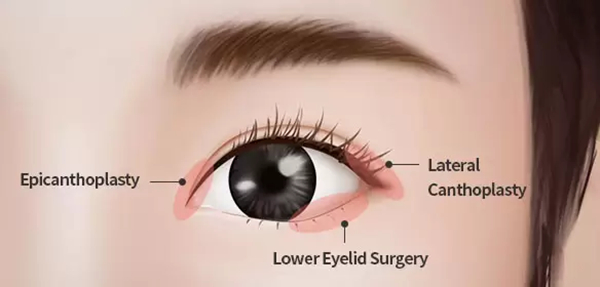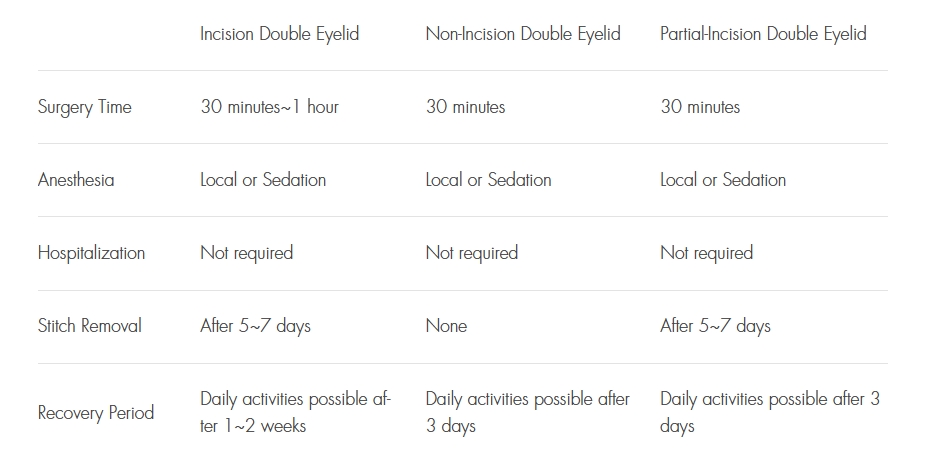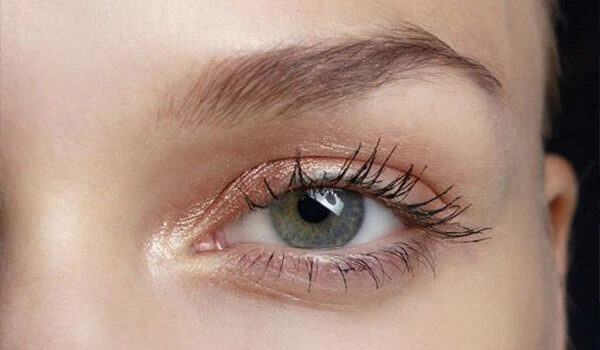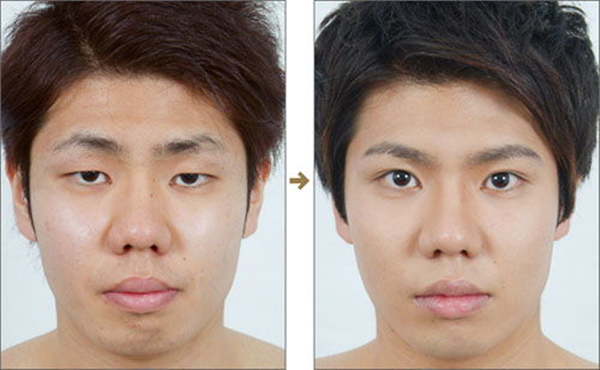Share Korean Double Eyelid Surgery-Types|Post-OP Care|Before & After...
Double Eyelid Surgery in Korea, commonly known as Blepharoplasty or Asian Eyelid Surgery, is a highly sought-after procedure among individuals of East Asian descent. This surgical method involves creating a fold or crease on the upper eyelid to enhance the appearance of the eyes and create the illusion of larger eyes. It is particularly prevalent in countries such as Korea, China, and Japan, where individuals with monolids - eyes lacking a natural crease - are more common.

By undergoing Double Eyelid Surgery, individuals can achieve a desired aesthetic outcome and address the issue of smaller-looking eyes.
Share Korean Double Eyelid Surgery: Types of Double Eyelid Surgery
There are several different types of double eyelid surgery available, each with its own set of benefits and considerations. The most common method, incisional double eyelid surgery, involves making a small incision on the upper eyelid to create a crease. This procedure removes excess fat and tissue from the eyelid, and the surgeon then sutures the muscles to complete the surgery. Incisional surgery is typically recommended for individuals with a significant amount of fat on their eyelids. However, it is important to note that this method will result in visible scars on the eyelids after recovery. Over time, these scars may become less noticeable, but they will not completely disappear.
On the other hand, non-incisional double eyelid surgery is more suitable for individuals with less fat on their eyelids. In this procedure, the surgeon creates small holes in the eyelids and inserts sutures to create a crease. Unlike incisional surgery, this method does not leave visible scars. Non-incisional surgery is recommended for those with minimal fat on their eyelids.
For individuals who have a moderate amount of fat on their eyelids, partial incisional double eyelid surgery may be an option. This procedure combines aspects of both incisional and non-incisional methods. Small holes are made on the upper eyelids, along with a small incision line to remove excess fat. The holes and incision area are then sutured. This method results in minimal scarring and is recommended for individuals who cannot undergo the non-incisional method due to the amount of fat on their eyelids.

Share Korean Double Eyelid Surgery: Surgeries Done Together with Double Eyelid Surgery
Typically, when undergoing double eyelid surgery in Korea, it is common to combine it with other procedures to enhance the overall appearance of the eyes and achieve a more rejuvenated look. These additional surgeries include:
a. Ptosis correction: This surgery aims to improve sagging and excess fat that may obstruct the eyes.
b. Canthoplasty: By making incisions on the outer corners of the eyes, this procedure horizontally lengthens the eyes.
c. Epicanthoplasty: This surgery involves incising the inner corners of the eyes to achieve horizontal lengthening.
d. Brow lift: By elevating the brows, the distance between the eyebrows and upper eyelids is elongated.
e. Fat repositioning (under eyes): This technique adds volume and addresses hollowness by transferring fat to the area beneath the eyes.
f. Eyelid fat graft: By injecting fat into the upper eyelids, this procedure adds volume and reduces wrinkles.
Share Korean Double Eyelid Surgery: Surgery Time, Anesthesia, Hospitalization, Stitch Removal, Recovery
*Information/timeline may vary depending on the clinic

Share Korean Double Eyelid Surgery: Post-OP Care for Double Eyelid Surgery
Proper Care After Double Eyelid Surgery Following the guidelines provided by the clinic is crucial when it comes to post-operative care for double eyelid surgery. Here are some essential precautions to keep in mind:
1. Avoid wearing makeup for a duration of one week. Additionally, refrain from using contact lenses for 2-3 weeks.
2. Abstain from smoking or drinking for a minimum of 2-3 weeks.
3. Avoid sleeping on your sides or lying face down to prevent unnecessary pressure on the healing eyelids.
4. It is important not to rub your eyes after the surgery as it may interfere with the healing process.
5. After the surgery, apply cold compression to reduce swelling. Once the stitches are removed, switch to warm compression for further relief.
Share Korean Double Eyelid Surgery-Good vs Bad Results in Double Eyelid Surgery: Understanding the Factors
No one desires unsatisfactory outcomes, such as uneven or thick-shaped eyelids, as well as excessive scarring, when undergoing double eyelid surgery. To comprehend how and why these undesired results occur, it is crucial to consider various factors.
Firstly, the skill and experience of the surgeon play a significant role. A surgeon's expertise and proficiency in performing double eyelid surgery can greatly affect the final outcome. Therefore, it is vital to select a surgeon who possesses the necessary skills and experience in this specific procedure.
Secondly, complications may arise if the patient fails to adhere to the given instructions and precautions following the surgery. Not following these guidelines can jeopardize the healing process and potentially lead to negative consequences, such as infections or inflammation.
Additionally, there are factors beyond the control of the surgeon that can impact the results. These factors are related to the individual's unique body anatomy. For instance, if there is a discrepancy in the strength of the eyelid opening muscles, it can result in asymmetry in the appearance of the eyelids. Furthermore, sagging on one side of the eye or eyebrow can also contribute to asymmetry. These anatomical variations can cause the desired outcome to be unsatisfactory.
Lastly, having high or unrealistic expectations can lead to disappointment with the results. It is crucial to have a realistic understanding of the possible outcomes of the surgery and communicate these expectations effectively with the surgeon.

Share Korean Double Eyelid Surgery: Revisional Double Eyelid Surgery
Revisional double eyelid surgery is a procedure performed when the initial double eyelid surgery causes complications or unsatisfactory outcomes. Typically, the revision surgery can be scheduled around 6 months to 1 year after the initial procedure.
To ensure successful correction, it is crucial to consult a qualified medical professional who possesses vast knowledge and expertise in double eyelid surgery. They will thoroughly assess the issues caused by the previous surgery and develop a tailored plan for correction. It is vital for the surgeon to fully comprehend the problem to avoid further complications during the revision surgery.
Share Korean Double Eyelid Surgery: Korean Double Eyelid Surgery Before & After
When it comes to Korean double eyelid surgery, it can be challenging to determine which clinic is the best. While there are numerous clinics in Seoul that offer this procedure, it is essential to view before and after pictures to select the right one.
Additionally, it is crucial to assess the doctor's qualifications, such as their experience and board certification. To gain further insight into the procedure and recovery process, reading reviews of Korean double eyelid surgery is also beneficial.
Presented below are the outcomes of some exceptional double eyelid surgeries performed in Korea.


